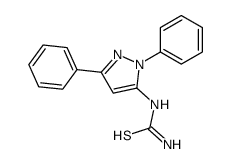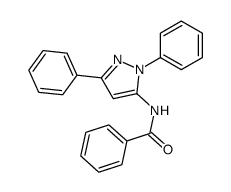5356-71-8
| Name | 2,5-diphenylpyrazol-3-amine |
|---|---|
| Synonyms |
5-Amino-1,3-diphenyl-1H-pyrazole
1H-Pyrazol-5-amine,1,3-diphenyl MFCD00084878 2,5-diphenyl-3-aminopyrazole 1,3-diphenylpyrazole-5-ylamine 1,3-DIPHENYL-1H-PYRAZOL-5-YLAMINE Pyrazole,5-amino-1,3-diphenyl 5-Amino-1,3-diphenylpyrazole 1,3-Diphenyl-1H-pyrazol-5-amine 1,3-diphenyl-5-pyrazolamine 1,3-Diphenyl-5-amino pyrazole |
| Density | 1.17g/cm3 |
|---|---|
| Boiling Point | 454ºC at 760mmHg |
| Melting Point | 129-132°C |
| Molecular Formula | C15H13N3 |
| Molecular Weight | 235.28400 |
| Flash Point | 228.4ºC |
| Exact Mass | 235.11100 |
| PSA | 43.84000 |
| LogP | 3.70270 |
| Index of Refraction | 1.646 |
Synonym: Section 2 - COMPOSITION, INFORMATION ON INGREDIENTS
Risk Phrases: None Listed. Section 3 - HAZARDS IDENTIFICATION EMERGENCY OVERVIEW
Not available. Potential Health Effects Eye: May cause eye irritation. Skin: May cause skin irritation. May be harmful if absorbed through the skin. Ingestion: May cause irritation of the digestive tract. May be harmful if swallowed. Inhalation: May cause respiratory tract irritation. May be harmful if inhaled. Chronic: Not available. Section 4 - FIRST AID MEASURES Eyes: Flush eyes with plenty of water for at least 15 minutes, occasionally lifting the upper and lower eyelids. Get medical aid. Skin: Get medical aid. Flush skin with plenty of water for at least 15 minutes while removing contaminated clothing and shoes. Ingestion: Get medical aid. Wash mouth out with water. Inhalation: Remove from exposure and move to fresh air immediately. Notes to Physician: Treat symptomatically and supportively. Section 5 - FIRE FIGHTING MEASURES General Information: As in any fire, wear a self-contained breathing apparatus in pressure-demand, MSHA/NIOSH (approved or equivalent), and full protective gear. Extinguishing Media: Use water spray, dry chemical, carbon dioxide, or chemical foam. Section 6 - ACCIDENTAL RELEASE MEASURES General Information: Use proper personal protective equipment as indicated in Section 8. Spills/Leaks: Vacuum or sweep up material and place into a suitable disposal container. Section 7 - HANDLING and STORAGE Handling: Avoid breathing dust, vapor, mist, or gas. Avoid contact with skin and eyes. Storage: Store in a cool, dry place. Store in a tightly closed container. Section 8 - EXPOSURE CONTROLS, PERSONAL PROTECTION Engineering Controls: Use adequate ventilation to keep airborne concentrations low. Exposure Limits CAS# 5356-71-8: Personal Protective Equipment Eyes: Not available. Skin: Wear appropriate protective gloves to prevent skin exposure. Clothing: Wear appropriate protective clothing to prevent skin exposure. Respirators: Follow the OSHA respirator regulations found in 29 CFR 1910.134 or European Standard EN 149. Use a NIOSH/MSHA or European Standard EN 149 approved respirator if exposure limits are exceeded or if irritation or other symptoms are experienced. Section 9 - PHYSICAL AND CHEMICAL PROPERTIES Physical State: Solid Color: cream Odor: Not available. pH: Not available. Vapor Pressure: Not available. Viscosity: Not available. Boiling Point: Not available. Freezing/Melting Point: 129 - 132 deg C Autoignition Temperature: Not available. Flash Point: Not available. Explosion Limits, lower: Not available. Explosion Limits, upper: Not available. Decomposition Temperature: Solubility in water: Specific Gravity/Density: Molecular Formula: C15H13N3 Molecular Weight: 235 Section 10 - STABILITY AND REACTIVITY Chemical Stability: Not available. Conditions to Avoid: Incompatible materials. Incompatibilities with Other Materials: Reducing agents, oxidizing agents, acids, acid chlorides. Hazardous Decomposition Products: Nitrogen oxides, carbon monoxide, carbon dioxide. Hazardous Polymerization: Has not been reported Section 11 - TOXICOLOGICAL INFORMATION RTECS#: CAS# 5356-71-8: UQ5580000 LD50/LC50: Not available. Carcinogenicity: 1,3-Diphenyl-1H-pyrazol-5-amine - Not listed by ACGIH, IARC, or NTP. Other: See actual entry in RTECS for complete information. Section 12 - ECOLOGICAL INFORMATION Section 13 - DISPOSAL CONSIDERATIONS Dispose of in a manner consistent with federal, state, and local regulations. Section 14 - TRANSPORT INFORMATION IATA No information available. IMO No information available. RID/ADR No information available. Section 15 - REGULATORY INFORMATION European/International Regulations European Labeling in Accordance with EC Directives Hazard Symbols: Not available. Risk Phrases: Safety Phrases: S 24/25 Avoid contact with skin and eyes. WGK (Water Danger/Protection) CAS# 5356-71-8: No information available. Canada None of the chemicals in this product are listed on the DSL/NDSL list. CAS# 5356-71-8 is not listed on Canada's Ingredient Disclosure List. US FEDERAL TSCA CAS# 5356-71-8 is not listed on the TSCA inventory. It is for research and development use only. SECTION 16 - ADDITIONAL INFORMATION N/A |
CHEMICAL IDENTIFICATION
HEALTH HAZARD DATAACUTE TOXICITY DATA
|
| Symbol |

GHS07 |
|---|---|
| Signal Word | Warning |
| Hazard Statements | H315-H319-H335 |
| Precautionary Statements | P261-P305 + P351 + P338 |
| Personal Protective Equipment | dust mask type N95 (US);Eyeshields;Gloves |
| Hazard Codes | Xi |
| Risk Phrases | 36/37/38 |
| Safety Phrases | S26-S36/37/39 |
| RIDADR | NONH for all modes of transport |
| RTECS | UQ5580000 |
| HS Code | 2933199090 |
| Precursor 10 | |
|---|---|
| DownStream 8 | |
| HS Code | 2933199090 |
|---|---|
| Summary | 2933199090. other compounds containing an unfused pyrazole ring (whether or not hydrogenated) in the structure. VAT:17.0%. Tax rebate rate:13.0%. . MFN tariff:6.5%. General tariff:20.0% |



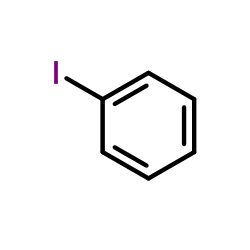

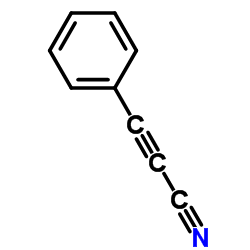
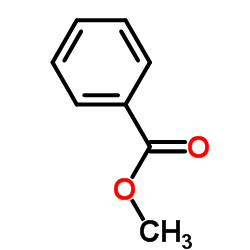
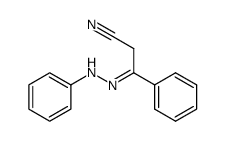

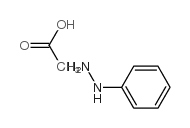
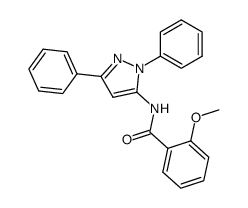
![4-[(4-bromophenyl)methylidene]-2-phenyl-1,3-oxazol-5-one structure](https://image.chemsrc.com/caspic/411/20345-16-8.png)
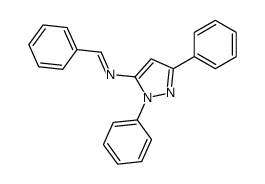
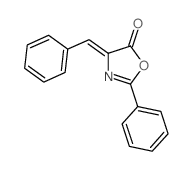
![4,6-dimethyl-1,3-diphenylpyrazolo[3,4-b]pyridine structure](https://image.chemsrc.com/caspic/223/104384-66-9.png)

![N-[(2,5-diphenylpyrazol-3-yl)carbamothioyl]benzamide structure](https://image.chemsrc.com/caspic/035/70027-35-9.png)
